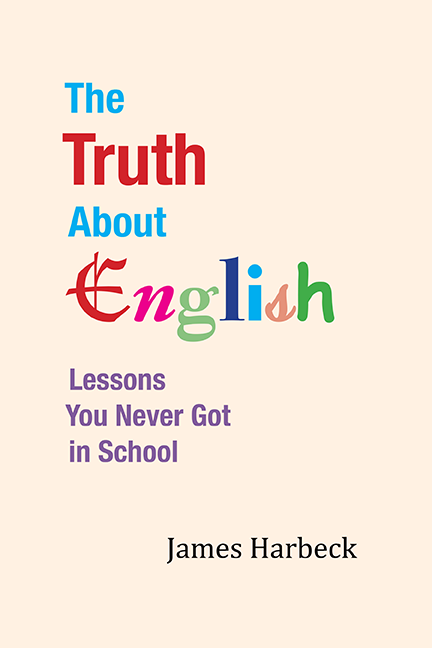Every afternoon, on both sides of the building I live in, the driving force is cars, droves of them, like cattle crowding into chutes. Out my bedroom window, to the south, I see cars crawling on the expressway; on the north side, at street level, the street – which is meant to have one lane of traffic each way – often has three unofficial lanes jammed up one way and no room for human or beast or automobile in the other direction, just droves and droves striving in intense slowness to make it ultimately onto the equally torpid elevated highway. (Meanwhile, parallel to the expressway, trains carry commuters – each train carries up to 5,000 people, which is as many as you’ll see in the 4,000 cars that at any moment of rush hour occupy two lanes for the full 18 kilometres of the Gardiner expressway – and the trains are moving briskly… but I digress.)
Why do we speak of droves, anyway? Droves almost seem like groves, but mobile: large groups of like beings motivated en masse – leaving in droves, coming in droves, sometimes fleeing in droves or turning away in droves or arriving in droves. Often it’s fans, or voters, or customers, or tourists. People who exhibit group behaviour.
It doesn’t have to be people, though. Poets usually use droves about non-human things, and sometimes modified with an adjective: “the fireflies will rise in lucent droves” (Dave Lucas), “droves of shadows at night move ghost-like through the dying river” (Sheryl Luna), “the forces your covetous presence prevents slowly crawled out in fibrous droves” (Jennifer Moxley), “They blossom, thick and fast, in droves” (Conor O’Callaghan), “Winged droves at evening wheeling!” (Ian Dall). But whatever is in the droves, it’s always the behaviour of a swarm or a herd.
Which is as it ever was, and if they move as though impelled, so much the truer to origins. For the first things to go in droves were cattle: a cattle drive drives a cattle drove. Yes, drove is formed from the same root as drive; in Old English the noun took the same form as the past tense – drāf – and both forms followed the same phonological trail under the whip of time to become drove. Only now, as the noun, you seldom talk of a drove, especially if you’re not talking of cattle or sheep; the multiplicity is an essential quality, and so why imagine just one drove being driven if you can imagine several, perhaps coming from different angles?
Which is like downtown Toronto traffic every weekday afternoon. Every street from whatever angle leading onto the Gardiner is backed up. In the morning, it’s the other direction, of course. Either way, droves and droves of drivers. Does it seem unkind to liken them to kine? Fair enough, they’re not cattle; cattle in a drove are hoofing it and actually moving, and may well make it to dinner first too…






